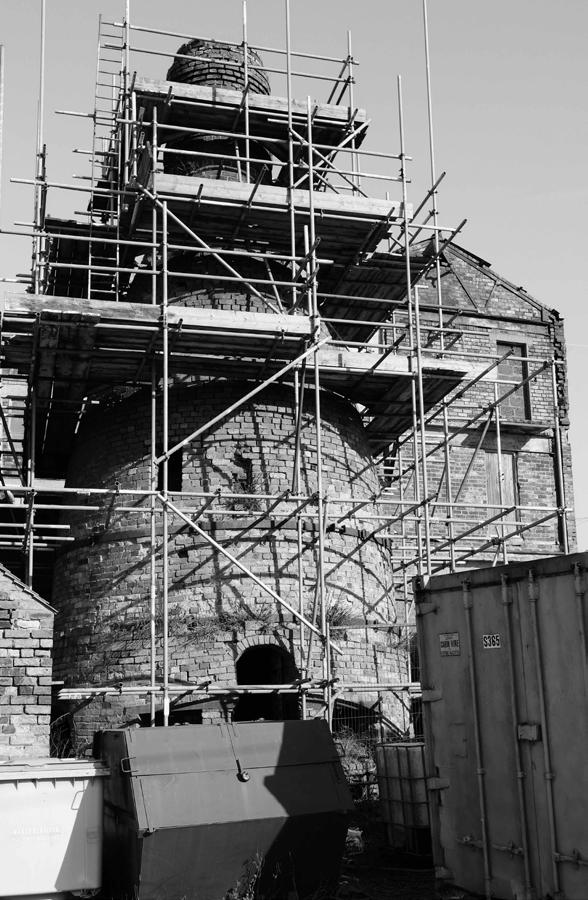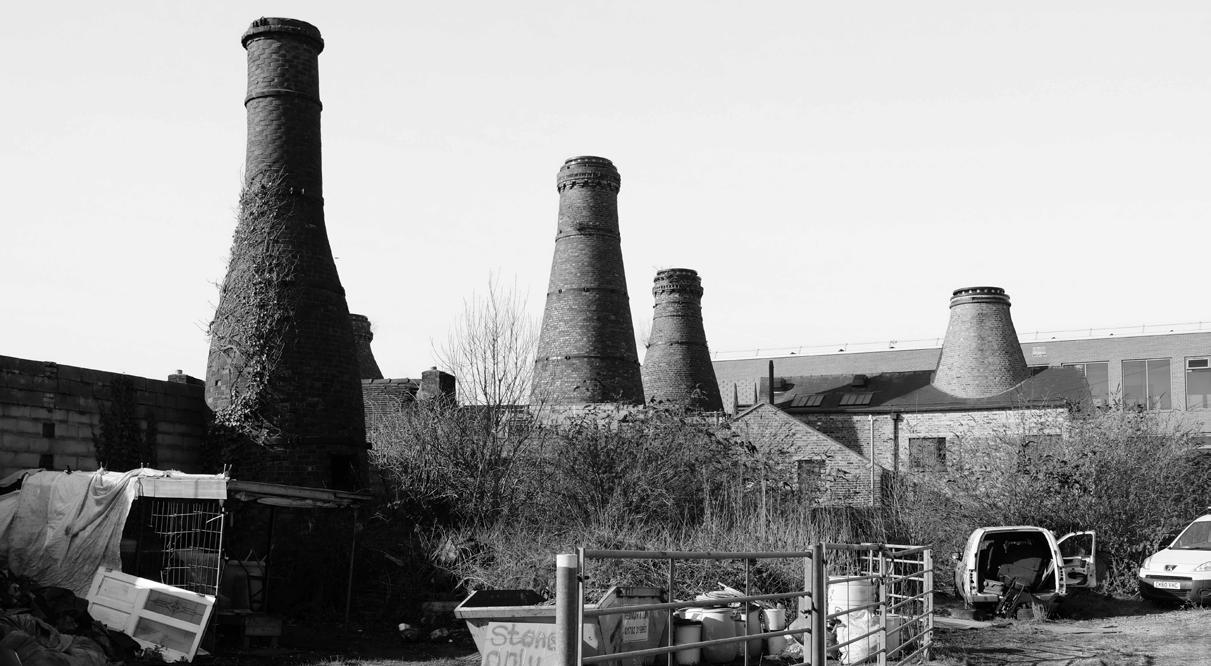
1 minute read
47 Bottles
Architectural Dissertation
Stoke-on-Trent is often defined by its industrial past; the ceramic industry created an architecture that was unique to the area, with thousands of bottle shaped kilns uniting the skyline of the Six Towns. Although the kilns were ubiquitous throughout the area, during the twentieth century they were demolished in their thousands. This process of demolition fundamentally changed the city vernacular, resulting in a loss of identity and urban memory, leaving only forty-seven kilns still standing.
Advertisement
The locations of the demolished bottle kilns were plotted using a combination of historic and contemporary maps. This enabled one to construct an image of their former presence within the townscape. This process also allowed for direct comparisons between the land use of sites during the early twentieth century and the present day.
Today, these bottle shaped buildings have become monuments in the landscape as history bestows on them a function for which they were not intended. Using historic maps, site visits and literature, the dissertation sought to determine how the loss of these unusual urban objects affected the identity and collective memory of the city.


73 previous kilns mapped 19 remaining kilns Longton, Stoke-on-Trent

285 previous kilns mapped 12 remaining kilns Burslem, Stoke-on-Trent




